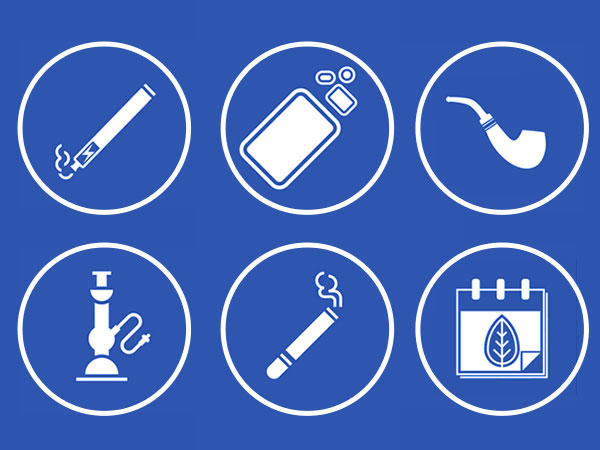Improving Public Health through Increased Tobacco Regulation
, by Robert T. Croyle, Ph.D.
May 5, 2016, will forever be noted as a remarkable milestone in the history of cancer control. On that day, the Secretary of Health and Human Services announced that the Food and Drug Administration (FDA) had finalized a rule extending its regulatory authority over tobacco products to include cigars, e-cigarettes, and hookah (waterpipe) tobacco.
Although the harms of cigarettes have been well studied, the harms of some other tobacco products are less well understood. We do know, however, that all traditional tobacco products, including cigars and smokeless tobacco, are highly addictive and cause cancer. There is no safe level of use for any of these products.
With respect to e-cigarettes, their rapid uptake by adolescents in the United States is of particular concern. According to findings from the Centers for Disease Control and Prevention’s National Youth Tobacco Survey, current e-cigarette use among high school students increased from 4.5% in 2013 to 13.4% in 2014, an increase from approximately 660,000 to 2 million students. Among middle school students, current e-cigarette use more than tripled during the same one-year period from 1.1% to 3.9%, an increase from approximately 120,000 to 450,000 students.
The nicotine in e-cigarettes (and other tobacco products) is not only highly addictive, it can also be harmful to the developing brain. Moreover, emerging research suggests that e-cigarette use may be a risk factor for future tobacco use by adolescents.
In the larger context, tobacco use remains the leading preventable cause of death in the United States and around the world. Tobacco use has been causally linked to at least 20 different types of cancer as well as many other health problems, including heart disease, stroke, aortic aneurism, chronic obstructive pulmonary disease (e.g., chronic bronchitis and emphysema), diabetes, osteoporosis, cataracts and age-related macular degeneration, and reproductive problems.
Although significant progress has been made in reducing tobacco use among Americans, much work remains. In 2014, nearly 17 of every 100 U.S. adults aged 18 years and older—or about 40 million people—smoked cigarettes. Cigarette smoking is currently responsible for more than 480,000 deaths per year in this country, including nearly 42,000 deaths from exposure to secondhand smoke.
In addition, more than 16 million Americans are living with a disease caused by smoking, and up to half of all people who continue to use tobacco will die from a tobacco-related disease. On average, smokers die 10 years earlier than nonsmokers.
And tobacco use among our country's youth continues to be a significant public health concern. Each day in the United States, more than 3,200 adolescents smoke their first cigarette, and far too many of them will become daily smokers. If smoking continues at its current rate among U.S. adolescents, 5.6 million of today’s Americans younger than 18 years of age can be expected to die prematurely from a smoking-related illness. This represents about one in every 13 Americans aged 17 years or younger who are alive today.
For all of these reasons, the Tobacco Control Research Priorities Working Group of NCI's Board of Scientific Advisors recently presented a broad set of recommendations to guide the next phase of efforts by NCI in this domain.
NCI remains committed to complementing the FDA's new regulatory actions, in collaboration with our agency partners, by supporting the essential research required to answer the many remaining questions about e-cigarettes and how best to improve the success of tobacco users who want to quit.

